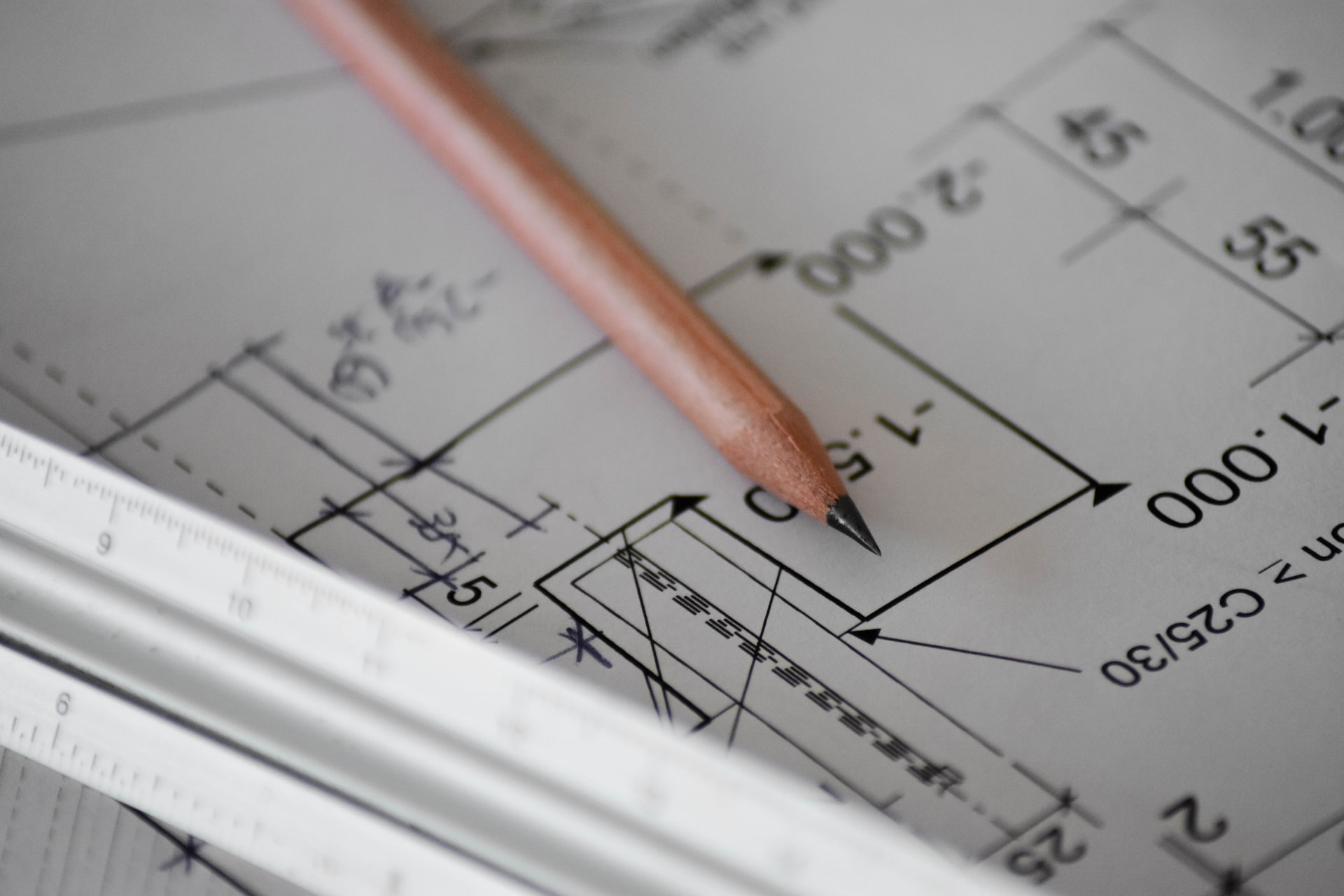Geological mapping is one of the most popular processes in construction. It involves producing a wide range of map products for various uses like determining the ground-water quality and other risks. The process is highly interpretive and comes with various benefits for the construction industry.
Some of the benefits in construction include;
-
Identifying possible hazards
One of the reasons for the popularity of geological mapping in construction is the ability to identify possible hazards. Some of the common hazards for construction are volcanoes, earthquakes, and massive landslides.
Several cities have suffered both human and capital losses due to various hazards. For example, it takes ages to reconstruct when a massive earthquake sweeps away an entire city. The effects tend to be more devastating when it catches the people unawares.
With the geological mapping, the construction will understand the possibility of earthquakes and the other hazards occurring in a certain location. The buildings in the areas would thus be built for possible mitigations. They will be stronger to withstand waves and high-speed water. For better measure, the buildings can have systems to collect water from the hurricane.
-
Cost savings benefits
Mapping in construction comes with various cost-savings benefits. The construction firms use the information from the mapping to determine how best to set up a building. Instead of the general construction that sets up a building for damage, using the correct information ensures longevity. The money that could have been used for reconstruction due to damages is thus not used up.
The other cost-saving importence of geological mapping is on choosing the best location for a project. It is quite frustrating to build your project to completion only to realize you cant drill water easily. How about having to relocate after some time because your home is built on mineral deposits? It takes time and money to redo the whole process. For construction best practices, geological mapping ensures you choose the best location for your projects.
-
Durable construction projects
A durable structure must be built using quality construction materials like sand, crushed rocks, and gravel. The quality of these materials is not anything you can view with your bare eyes. Instead, you need an engineer with a geological background to translate the information from geological mapping.
The engineer uses geological knowledge to understand the nature of rocks in a given area. They can then use the information to determine stability and prepare for cuts and slopes.
The mapping also comes in handy for planning. It helps the construction team to notice various land features like folds, beds, rocks, joints, and faults. The team can then come up with possible remedies for the construction. For the best solution, let an experienced engineer handle the work. Teams like the ones from Alliance Geotechnical has extensive geological mapping experience and will offer solutions for every nature of the site.
-
Environmental care
Geological mapping is one of the best ways to improve environmental care in construction. It works in various ways. The first is helping to identify possible hazards. The hazards are such massive destruction to the environment even though they are natural. It becomes worse with the constructions involved. However, with geological mapping, people can plan better for any hazards.
Another way through which construction leads to environmental degradation is by releasing toxic fumes and noise. A geological mapping helps provide detailed information about the construction sites. With the information, the engineers can determine the necessary vehicles and equipment. There is no need of bringing along every piece of equipment even some that won’t be useful.
The geological mapping also helps in environmental care by determining surface water channels and the occurrence of groundwater. This information will help you understand the possibility of soil erosion then look for soil conversation options. The knowledge of the geological information is particularly necessary when building in geologically sensitive areas like riverbanks and coastal areas.
Bottom Line
Geological mapping is one of the necessary construction guides. You need a geologically knowledgeable engineer to help you understand the geological composition of the site and provide the best construction ideas. With the right geological information, you can prepare for possible hazards and develop environment preservation strategies. For the assured work, let an experienced geotechnical company handle your construction work.

